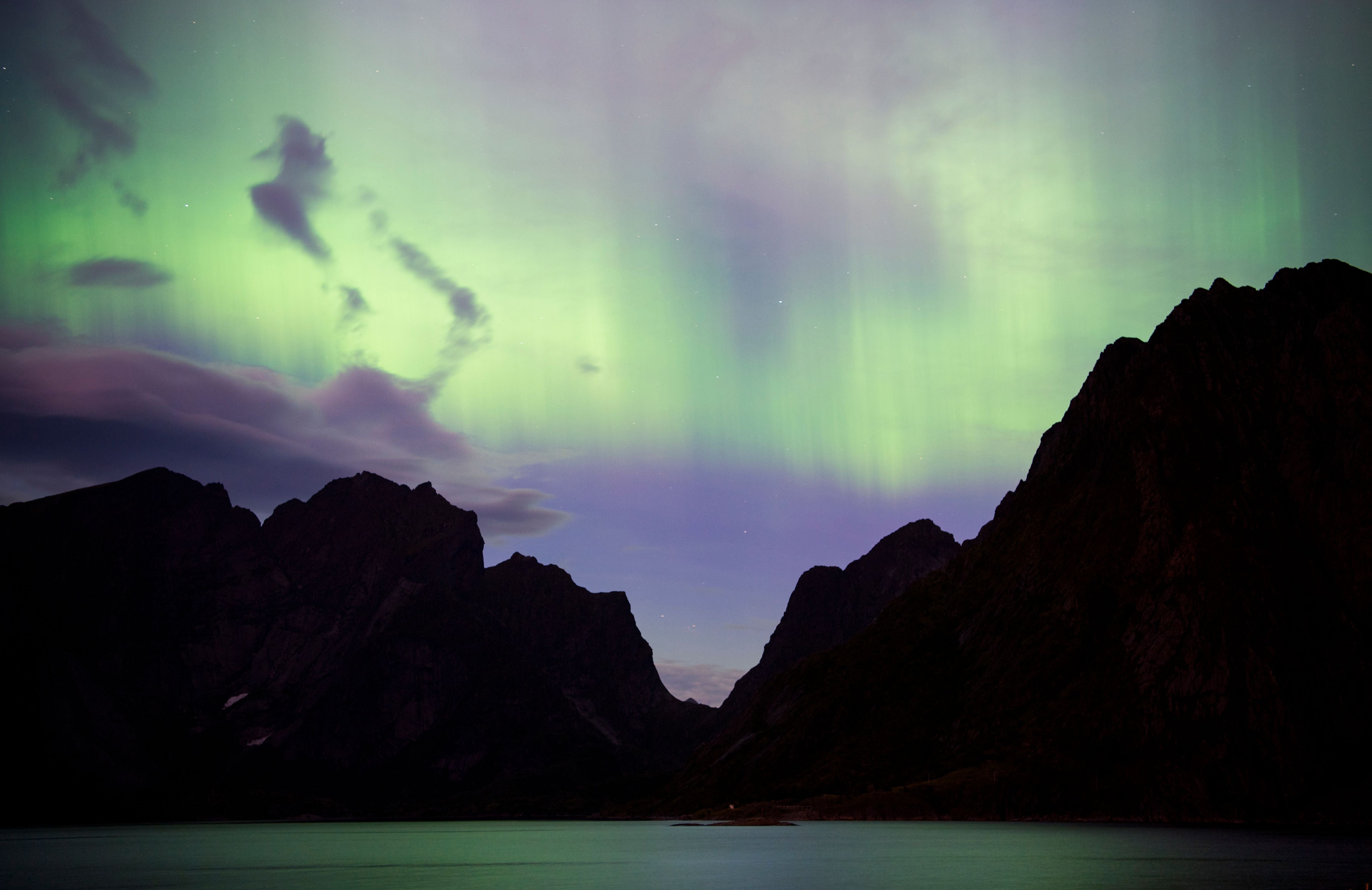Auroras cloak the Earth as machine gun solar storms strike planet
The lights have been caused by ‘cannibal’ solar storms that are headed for Earth

Your support helps us to tell the story
From reproductive rights to climate change to Big Tech, The Independent is on the ground when the story is developing. Whether it's investigating the financials of Elon Musk's pro-Trump PAC or producing our latest documentary, 'The A Word', which shines a light on the American women fighting for reproductive rights, we know how important it is to parse out the facts from the messaging.
At such a critical moment in US history, we need reporters on the ground. Your donation allows us to keep sending journalists to speak to both sides of the story.
The Independent is trusted by Americans across the entire political spectrum. And unlike many other quality news outlets, we choose not to lock Americans out of our reporting and analysis with paywalls. We believe quality journalism should be available to everyone, paid for by those who can afford it.
Your support makes all the difference.Aurora has been spotted across the planet as a series of solar storms strike the Earth.
Photos of the Nothern Lights have been taken in Scotland, as well as the north of England in Northumberland and are expected in Wales.
The lights, which are caused by geomagnetic activity from the Sun, have been exacerbated by ‘cannibal’ solar storms headed for Earth.
In recent days, the Sun experienced two coronal mass ejections, or CMEs, during which particles burst out of its surface. These CMEs could cannibalise each other so that they become one even more powerful blast.
As well as these, a series of three other storms is expected to hit the planet – having started on the 18th and set to continue over the weekend.
“The first in a succession of SIX solar storms is hitting Earth now! NASA/CCMC’s Mary Aronne got this run spot on”, space weather physicist Dr
Tamitha Skov tweeted.
“NOAA/SWPC has the other five hitting in machine-gun fashion starting on the 18th. Magnetic field is northward thus far but expect aurora to build soon!”
She added: “Expect sporadic aurora down to mid-latitudes through August 20. Disruptions to amateur radio expected on Earth’s nightside. GPS reception issues at dawn, dusk & near aurora”.
It is expected that the solar storms which will hit the planet will be categorised as a G3 class storm, which is described as a “strong” storm. Such events are categorised in a scale running from G1 to G5, with the latter including widespread power system problems and communication shutdowns.
The Sun remains in a particularly active period, with watchers suggesting that the next few days could bring “High” levels of solar activity.
While solar flares are difficult to predict – and can cause huge damage to electrical infrastructure in worst-case scenarios – scientists believe they can now foresee when they will occur.
The maximal growth rate of sunspot activity is a precursor to how powerful the cycle might be and are more accurate when the two hemispheres of the Sun are considered separately, rather than collectively.



Join our commenting forum
Join thought-provoking conversations, follow other Independent readers and see their replies
Comments